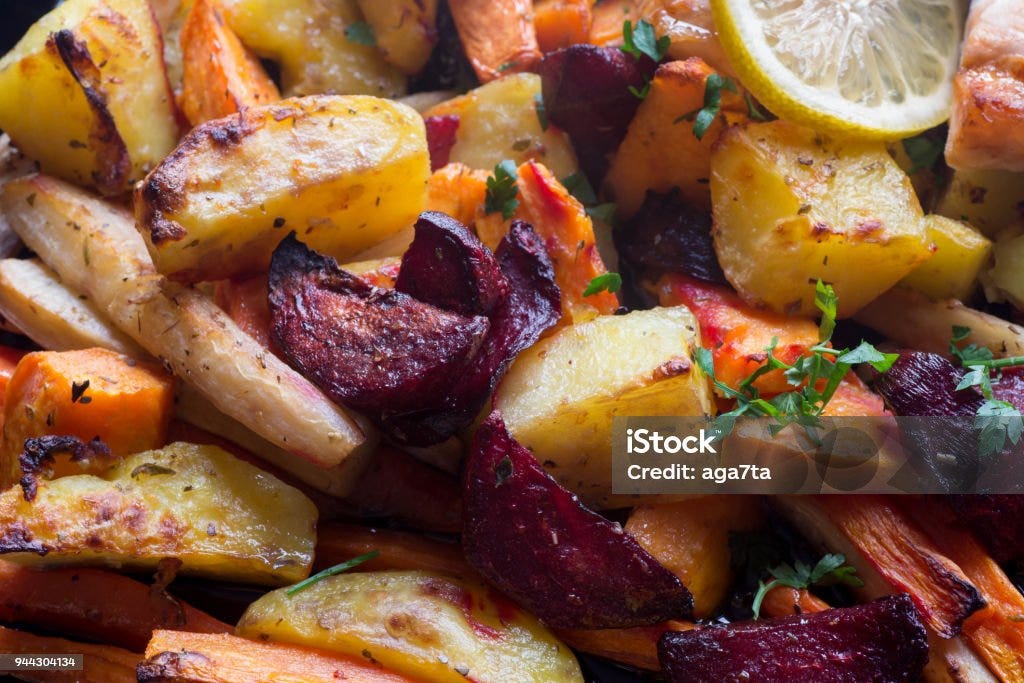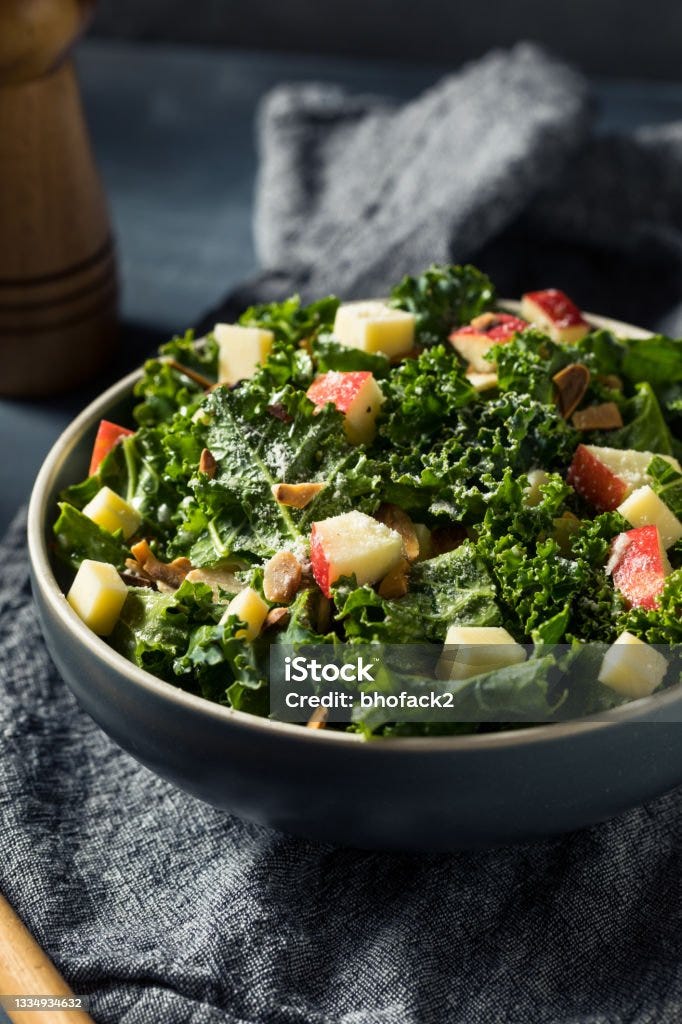Hello Fellow Cyclers!
How are your Fall phase days going during this Summer season?
If you are new to Go With The Flow: Women’s Cycle Awareness, Welcome!
Women’s Cycle Awareness is tracking and flowing with the 4 phases or Seasons of the hormonal menstrual cycle.

It seems like navigating my last week before Winter is a tricky little beast sometimes, especially when summer season is in full gear. The outer world is in full bloom and parties and festivities in every city across the nation and here I am hunkered down in my room, AC blazing and feeling quite content with a drama series, popcorn, dark chocolate and pistachios as my dinner. This is the land of late Fall phase (Day 29), quietly drifting away from the outer world into a cuddled puddle of blankets and tears over a fictional lost love scene.
Past me would have felt FOMO, some kind of mom guilt, and disappointment in my choice of food for dinner.
But I’m having less thoughts of missing out.
Back to my comfort food choices. Are they so bad for me? What if I’m craving chocolate for a reason?
I’ve been going on a hunch that the phases of the hormonal cycle and the seasons of the year have a lot in common, including what our bodies need for fuel to have healthy levels of hormones to ovulate and to menstruate with ease.
Highlights in this post:
Progesterone and it’s imporance
Estrogen’s role
Estrogen dominance issues
Progesterone up, Estrogen down
Foods for Fall
What is PMS?
5 Foods to avoid
Not what it used to be
7 Vitamins and Minerals for PMS busting
Fall Recipes
So let's just jump in right here.
In the Fall/ luteal phase Days (21ish-28ish), the hormones in play are basically estrogen and progesterone.
Progesterone
Progesterone is the top player in this phase. If ovulation has taken place, then the egg sac (within the ovary) has ruptured leaving behind the corpus luteum which begins to make progesterone. Progesterone rises after ovulation to peak around Day 21 of a 28 day cycle.
Progesterone is key in many ways as it builds the lining of the uterus, relaxes the body, promotes sleep and increases appetite. There are many other functions of progesterone such as bone building, neuro-protective properties, cardiovascular protective properties and nervous system health1.
This is why we need progesterone!
Estrogen
We need estrogen throughout our cycle. But in the second half we need it to be under the control of progesterone. Too much estrogen can cause imbalances and issues such as:
Estrogen dominance 2
Endometriosis
PCOS (this usually results from anovulatory cycles causing progesterone to be too low)
Fibroids
Reproductive cancers
Tender Fibrous breasts
Headaches
Weight gain
Fatigue
Heavy menstrual bleeding
Painful periods
PMS/PMDD
Progesterone Up, Estrogen Down
This balance helps to reduce symptoms of pms and support a healthy menstruation.
To naturally increase progesterone we need foods rich in B6, zinc, magnesium, selenium, vitamin C3 and E4. Cholesterol is also needed to make progesterone from pregnenolone(a precursor hormone to progesterone).
To keep estrogen in check, we want healthy elimination of excess estrogen. There are two ways in which the body processes and eliminates circulating estrogen: digestion and liver processing5.
We turn to the warm/cool weather harvest of the Fall season and find an abundance of supportive foods for the late luteal phase. We’re talking more than pumpkin spice! From figs to beets to broccoli, there is no shortage of nourishment.
Foods For Fall
All the roots! Sweet potato, white potato, onions, garlic, beets. If it’s an edible root, eat it! (complex carbs needed to support progesterone production and includes B6)
Dandelion root tea (powerful detoxifier for the liver to help clear out excess estrogen)
Cruciferous veggies like kale, cauliflower, bok choy, broccoli, chard, arugula brussels, cabbage (Eliminates estrogen excess)
Seeds and nuts: Sesame and sunflower (phytoestrogens and phytoprogestins to keep hormones in balance)
Fruits: citrus, pomegranates(nitric oxide building), apples blueberries and citrus fruits (vitamin C and antioxidants)
Grains: quinoa and organic wheat and corn (complex carbs and minerals)
Dark chocolate (provides vitamin B6 and magnesium needed for managing pms)
Legumes: Black beans, lentils, chickpeas (complex carbs, fiber and zinc)
Herbs: Chamomile (improves progesterone and relaxation) milk thistle and artichoke (cleanses the liver for estrogen elimination)
Omega oils:6 fish oil, avocado, olive oil, coconut oil, butter (healthy cholesterol needed to make hormones) eggs (which also has selenium)
Meat, fish and seafood (high in zinc, cholesterol and omega’s)7
What is PMS?
PMS stands for premenstrual syndrome. If you are a woman of any age, you may have experienced PMS symptoms ranging from mild to severe.
A 2018 scientific study published in Scientific Reports states, “PMS symptoms related to inflammation include mood, abdominal cramps, back pain, breast tenderness, appetite cravings, weight gain and bloating.”73 8
It goes on to say, “Higher protein load, phosphatidylcholine, omega 377 and omega 672 fatty acid intakes may be implicated in the luteal phase along with assurance of sufficient vitamin D intake65/sun exposure, B678 sulfur containing vegetables to promote glutathione metabolism79, and antioxidant food sources63 intake throughout the cycle.”9
Maybe, PMS is a sign that our bodies are out of balance and maybe we can support it through nutrition.
PMS and Histamine
While researching one day, I heard Dr Lara Briden’s podcast on PMS/PMDD and histamine. I’ll put the link here.
It is important to note that if you have high inflammatory markers and/or severe allergies, or asthma, it is worth checking out info on mast-cell stimulating foods or high histamine foods. Food sensitivities and high histamines within the body can trigger an increase of pms and pmdd according to Dr. Briden.
5 Foods to Avoid in Fall Phase
Caffeine10
Refined sugars (increased insulin resistance in this phase)11
Dairy (for PMS sufferers with A1 casein issues)12
Gluten (if gluten sensitive)13
Greasy fried foods with over processed oils like corn, sunflower, safflower, soybean, and vegetable14
Not what it used to be
Even when we eat really really well, we can still be depleted. I realize whole heartedly dear friend, that food in today’s society is not what it used to be. Key vitamins and minerals are seriously lacking in our soils and as a result lacking in our food chain as well.
7 Vitamins and Minerals to replenish for PMS busting are:
Magnesium glycinate15
B6 (in low levels)16 for seratonin production
Vitamin D3 for seratonin production17
Selenium18
Vitamin E19
Vitamin C20
Omega-3 oils21
The list of Fall foods provided are merely a guide when it comes to supporting the Fall/luteal phase. Of course you can eat any one of these foods at any time and the list is by no means exhaustive.
Keep it simple. Think of the Fall phase; think of the foods you naturally love and are abundant and not surprisingly, they support the menstrual cycle phase.
Fall Recipes
Root Veggie Medley
Diced potatoes
Diced sweet potatoes
Diced beets
Diced carrots
Diced onions
1 tbsp of olive oil
Salt
Pepper
Garlic powder
Dried or fresh oregano
Spread the diced root mix onto a lightly oiled pan. Drizzle 1 tbsp of oil over the roots. Sprinkle generously, salt, pepper, garlic powder and oregano. Bake at 400 degrees for about 15-20 minutes, checking often at the end. Fork should easily pierce the potatoes and should have nice browned edges on roots.
Simple Fall Kale Salad and Vinaigrette
Chopped kale
Apple slices
Sesame seeds
Sunflower seeds
Finely grated parmesan cheese
1 tsp of olive oil
Massage for a few minutes, 1 teaspoon olive oil into a large bowl of kale. Finely grate parmesan cheese and lightly toss. Sprinkle generously sesame and sunflowers and top with a layer of thinly sliced apples.
Bright Honey Dijon Vinaigrette
½ cup Olive oil
3 tablespoons White wine vinegar
1 tablespoon fresh squeezed lemon
1 tablespoon Dijon mustard
1 tablespoon Honey
Pinch of salt and pepper
Whisk, taste test. Add more olive oil if acidity too strong. Kale can handle a bit more acidity though.
So simple, yet so tasty! Enjoy!
Thanks for reading,
****Disclaimer: While I have spent countless hours researching this topic, if you know that you have estrogen dominance and/or history of reproductive cancer or genetic factors for pathologies, please take this information to your doctor or nutritionist before changing your diet. I am not a licensed physician nor do I hold a medical degree. This is not intended to diagnose or offer advice. This information is simply that, to inform.
https://www.ncbi.nlm.nih.gov/pmc/articles/PMC8705436/
https://www.va.gov/WHOLEHEALTHLIBRARY/docs/Estrogen-Dominance.pdf
https://www.fertstert.org/article/S0015-0282(03)00657-5/fulltext
https://link.springer.com/article/10.1007/BF01105514
https://www.bannerhealth.com/healthcareblog/advise-me/eat-these-foods-to-keep-your-liver-healthy-and-happy
https://drwillcole.com/hormone-health/increase-progesterone-naturally
https://drwillcole.com/hormone-health/increase-progesterone-naturally
https://www.nature.com/articles/s41598-018-32647-0
https://www.nature.com/articles/s41598-018-32647-0
https://drwillcole.com/hormone-health/increase-progesterone-naturally
https://www.scientificamerican.com/article/period-food-cravings-are-real-a-new-brain-finding-could-explain-why-they-happen/
https://www.larabriden.com/whats-the-story-with-dairy-and-period-problems/
https://www.larabriden.com/how-wheat-or-gluten-affects-periods/#more-8855
https://www.ncbi.nlm.nih.gov/pmc/articles/PMC10345693/
https://drwillcole.com/hormone-health/increase-progesterone-naturally
https://www.ncbi.nlm.nih.gov/pmc/articles/PMC4794546/#:~:text=The%20results%20showed%20that%20although,combination%20of%20vitamin%20and%20calcium.
https://www.nature.com/articles/s41598-018-32647-0
https://www.mdpi.com/1422-0067/23/23/15445
https://link.springer.com/article/10.1007/BF01105514
https://link.springer.com/article/10.1007/BF01105514
https://drwillcole.com/hormone-health/increase-progesterone-naturally







